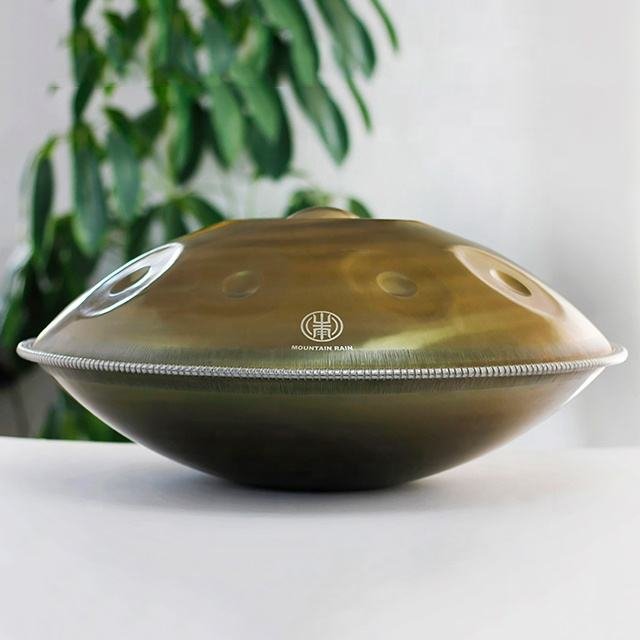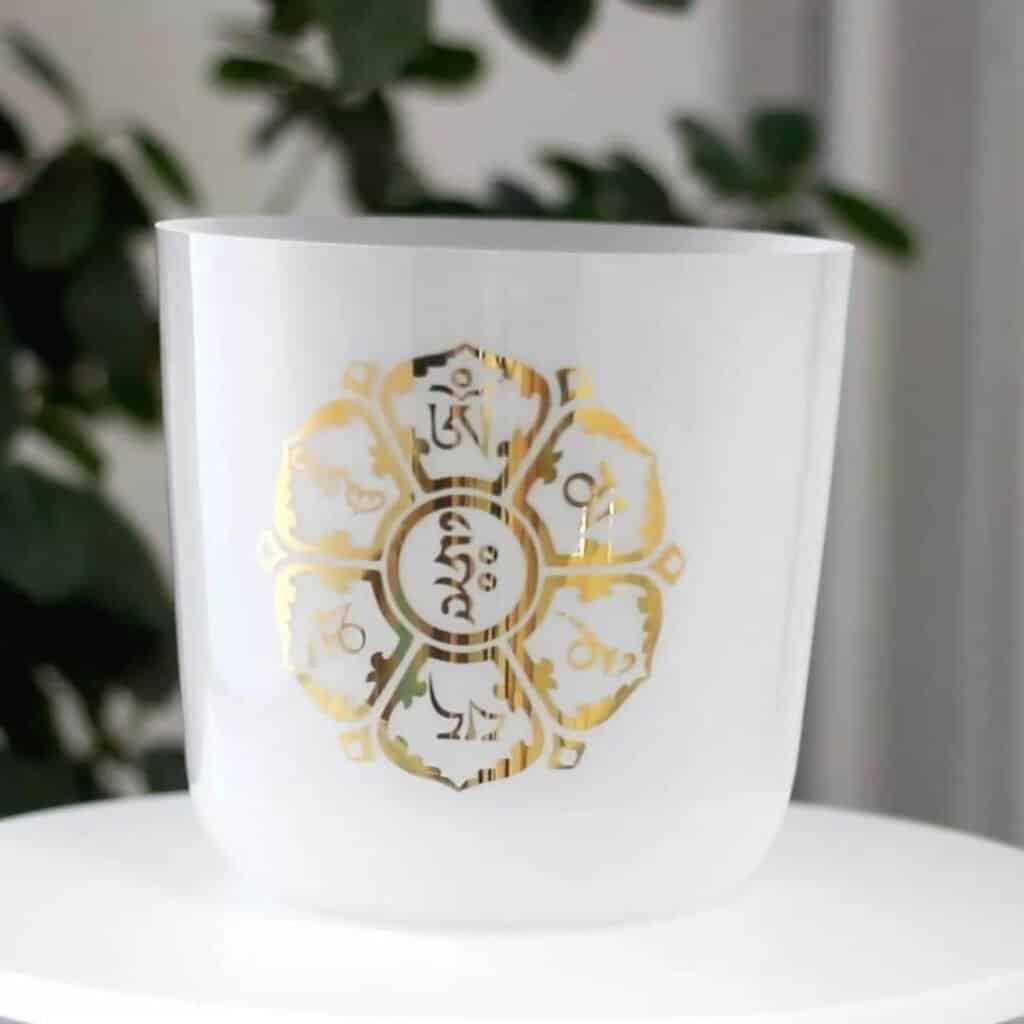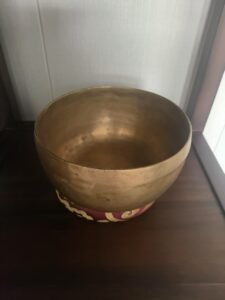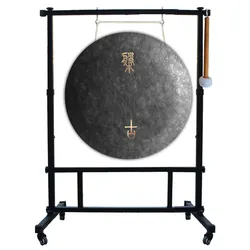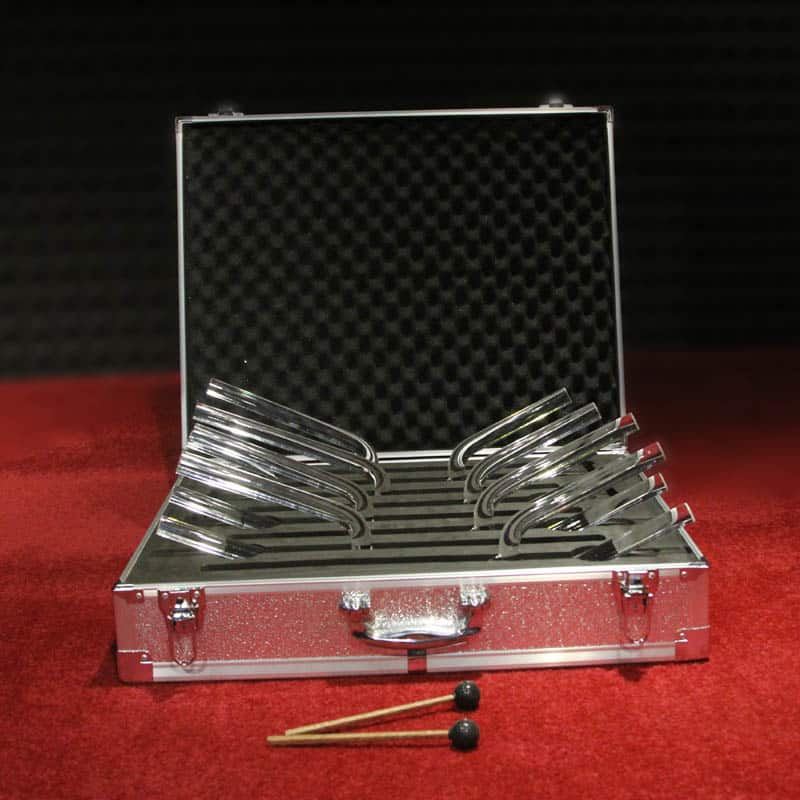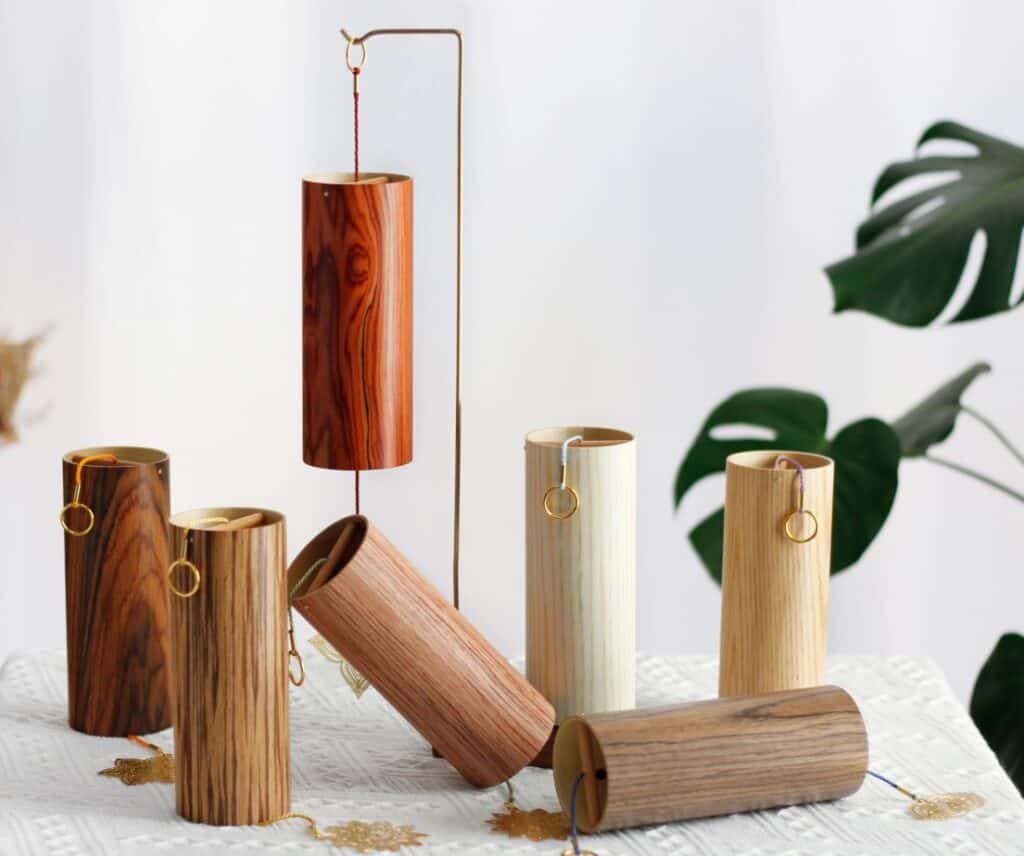Crystal harps have emerged as one of the most captivating instruments in the meditation and sound therapy world. These ethereal instruments combine the visual beauty of crystal with pure, resonant tones that create an atmosphere of tranquility and healing. Whether you’re a meditation practitioner, sound therapist, or simply someone seeking to enhance your personal wellness routine, choosing the right crystal harp can transform your experience.
The growing popularity of crystal harps stems from their unique ability to produce sustained, harmonious vibrations that promote deep relaxation and mindfulness. Unlike traditional harps, crystal harps offer a distinctive sound profile that resonates at frequencies particularly beneficial for meditation and therapeutic practices. Their transparent or translucent appearance also adds a visual element that enhances the overall sensory experience.
When selecting a crystal harp, you’ll encounter various styles, sizes, and price points, each designed for different purposes and skill levels. The key is understanding which features align with your specific needs and intended use. This comprehensive guide will walk you through everything you need to know about choosing the perfect crystal harp, from understanding different types to evaluating sound quality and maintenance requirements.
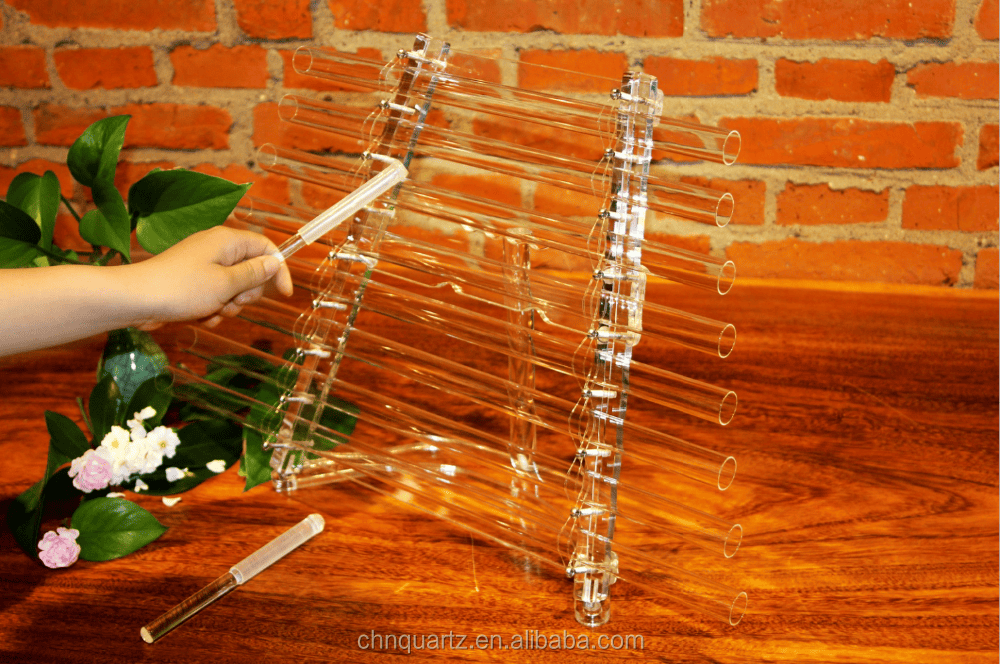
Understanding Different Crystal Harp Types
Crystal harps come in several distinct varieties, each offering unique characteristics that cater to different preferences and applications. Understanding these differences is crucial for making an informed decision that aligns with your specific needs and budget.
Traditional crystal harps feature a classic design with clear, transparent crystal construction. These instruments typically produce pure, clean tones with excellent sustain and projection. The clarity of the crystal allows for optimal light transmission, creating beautiful visual effects when played in ambient lighting conditions. Traditional designs often incorporate between 7 to 12 strings, providing a versatile range suitable for various musical expressions.
Modern crystal harp designs have evolved to include innovative features such as colored crystals, textured surfaces, and enhanced resonance chambers. Colored crystal harps, available in hues like amethyst purple, rose quartz pink, and aqua blue, not only produce distinct tonal qualities but also offer color therapy benefits. Each color is believed to resonate with different energy centers, making them particularly valuable for chakra-focused meditation practices.
Size variations play a significant role in determining both the sound characteristics and practical aspects of your crystal harp. Compact models, typically ranging from 6 to 10 inches in length, are perfect for personal meditation sessions and travel. These smaller instruments produce higher-pitched tones with intimate projection, ideal for close-range listening and individual practice.
Medium-sized crystal harps, usually measuring 12 to 18 inches, offer a balanced combination of portability and fuller sound projection. These instruments are excellent choices for small group sessions, therapy practices, and home studios. They provide a broader tonal range while remaining manageable for regular transport and setup.
Large crystal harps, extending beyond 20 inches, deliver the most impressive sound projection and lowest frequencies. These professional-grade instruments are designed for concert performances, large group sessions, and therapeutic environments where powerful sound penetration is essential. While less portable, they offer unmatched resonance and presence that can fill substantial spaces with healing vibrations.
Material differences extend beyond size to include crystal composition and finish options. Frosted crystal harps produce softer, more diffused tones compared to clear crystal versions, making them ideal for gentle meditation practices. Hand-blown crystal offers superior resonance qualities compared to molded alternatives, though at a higher price point.
Key Features to Consider When Buying
Selecting the right crystal harp requires careful evaluation of several critical features that directly impact performance, usability, and long-term satisfaction. Understanding these elements will help you make a choice that serves your needs effectively for years to come.
The number of strings significantly influences both the tonal range and playing versatility of your crystal harp. Entry-level instruments typically feature 7 to 9 strings, providing sufficient range for basic melodies and chord progressions. These configurations are perfect for beginners who want to explore crystal harp playing without overwhelming complexity. Mid-range harps often include 10 to 12 strings, offering expanded musical possibilities while maintaining manageable playability.
Professional-grade crystal harps may feature 15 or more strings, delivering comprehensive tonal coverage that accommodates complex compositions and advanced techniques. However, more strings also mean increased complexity in tuning and maintenance, so consider your skill level and intended use when evaluating string count options.
Crystal quality and clarity directly affect both sound production and visual appeal. High-grade crystal exhibits excellent transparency, minimal internal flaws, and consistent thickness throughout the structure. These characteristics ensure optimal vibration transmission and sustain. Lower-quality crystal may contain bubbles, cloudiness, or inconsistent density that can dampen sound quality and reduce the instrument’s overall effectiveness.
When examining crystal quality, look for uniform color distribution in tinted varieties and smooth, polished surfaces that reflect light evenly. Premium crystal harps should feel substantial without being overly heavy, indicating proper density and construction quality. Select-grade crystal ensures consistent performance and stunning visual presentation.
String material choice impacts both sound characteristics and maintenance requirements. Traditional nylon strings offer warm, mellow tones with good sustain and are relatively easy to replace when needed. Steel strings provide brighter, more penetrating tones with excellent projection but may require more frequent tuning adjustments due to temperature sensitivity.
Carbon fiber strings represent a modern alternative that combines the warmth of nylon with enhanced durability and tuning stability. These premium strings resist stretching and environmental effects, making them ideal for professional use and frequent playing. While more expensive initially, they often provide better long-term value through reduced maintenance needs.
The stand and support system deserves careful attention, as it affects both playing comfort and instrument stability. Adjustable stands allow you to position the harp at optimal angles for different playing techniques and player heights. Look for stands with secure locking mechanisms and padded contact points that protect the crystal surface from scratches or pressure marks.
Some crystal harps include integrated resonance chambers or amplification systems that enhance sound projection and tonal richness. These features can be particularly valuable for therapeutic applications or performance settings where consistent volume levels are important. However, they also add complexity and cost, so evaluate whether these enhancements align with your intended use.
Portability considerations become crucial if you plan to transport your crystal harp regularly. Weight, size, and included carrying cases all impact convenience and protection during travel. Professional musicians and therapists often prioritize lightweight designs and robust protective cases that safeguard their investment while enabling easy transport between venues.

Sound Quality and Tonal Characteristics
The sound quality of a crystal harp is perhaps the most crucial factor in your selection process, as it directly determines the instrument’s effectiveness for meditation, therapy, and musical expression. Understanding how different design elements influence tonal characteristics will help you choose an instrument that produces the specific sound qualities you desire.
Crystal thickness and density play fundamental roles in determining the overall sound character of your harp. Thicker crystal generally produces deeper, more resonant tones with extended sustain, while thinner crystal tends to create brighter, more delicate sounds with quicker decay. The density of the crystal material affects how vibrations travel through the structure, influencing both volume and tonal complexity.
High-quality crystal harps exhibit excellent harmonic content, producing not just the fundamental frequency but also rich overtones that create depth and complexity in the sound. These harmonics contribute to the meditative qualities that make crystal harps so effective for relaxation and therapeutic applications. When testing instruments, listen for these subtle harmonic layers that distinguish premium harps from basic models.
The frequency range of your crystal harp determines its versatility and suitability for different applications. Lower frequencies, typically below 200 Hz, are particularly effective for deep relaxation and grounding practices. These bass tones can create physical sensations that enhance the meditative experience and promote profound states of calm.
Mid-range frequencies, approximately 200-800 Hz, provide the melodic foundation for most crystal harp compositions. This range is where most listeners are most sensitive to pitch and harmony, making it crucial for musical expression and therapeutic work. A well-designed crystal harp should demonstrate clear definition and good projection in this frequency band.
Higher frequencies, above 800 Hz, add brilliance and clarity to the overall sound signature. These tones can help focus attention and create uplifting sensations that complement meditation and energy work. However, excessive emphasis on high frequencies can become harsh or distracting, so balance across the frequency spectrum is essential.
Volume levels and projection capabilities vary significantly among different crystal harp designs. Some instruments excel at intimate, close-range listening, perfect for personal meditation sessions and quiet environments. Others are designed for group settings and larger spaces, with enhanced projection that ensures all participants can benefit from the sound experience.
Consider the typical environments where you’ll use your crystal harp when evaluating volume characteristics. Therapy rooms, meditation studios, and home practice spaces each have different acoustic requirements that may favor specific projection patterns and volume levels.
Sustain and resonance qualities determine how long tones continue after being struck and how the sound evolves over time. Premium crystal harps often exhibit remarkable sustain, with notes continuing for 30 seconds or more after initial activation. This extended resonance allows for overlapping tones and complex harmonic interactions that enhance the meditative quality of the sound.
The decay pattern of sustained notes also varies among different instruments. Some harps maintain consistent volume throughout the sustain period, while others demonstrate gradual fade patterns that create natural musical phrasing. Understanding these characteristics helps you choose an instrument that matches your preferred playing style and musical expression.
When possible, always test crystal harps in person before making a purchase decision. Pay attention to how the instrument responds to different striking techniques and listen for consistency across the entire tonal range. A quality crystal harp should produce even, balanced tones regardless of which strings are played, without dead spots or excessive volume variations between adjacent notes.
Best Crystal Harps for Different Uses
Choosing the right crystal harp depends largely on your intended use and experience level. Different applications require specific features and capabilities, and understanding these requirements will help you select an instrument that serves your needs effectively while providing room for growth and development.
For beginners entering the world of crystal harp playing, simplicity and ease of use should take priority over advanced features. Entry-level crystal harps with 7 to 9 strings provide sufficient range for learning basic techniques while avoiding the complexity that can overwhelm new players. These instruments should feature clear, consistent tuning and responsive string action that makes playing enjoyable from the first session.
Beginner-friendly crystal harps benefit from included accessories such as tuning tools, basic playing guides, and protective cases. Look for instruments that come pre-tuned and ready to play, eliminating initial setup barriers that might discourage new players. Starter collections often include comprehensive packages that provide everything needed to begin playing immediately.
The crystal material for beginner instruments should emphasize durability over exotic appearance. Clear or lightly tinted crystal offers excellent sound quality while remaining cost-effective and practical for learning purposes. As skills develop, players can always upgrade to more specialized instruments with enhanced features and premium materials.
Professional meditation and therapy applications require crystal harps with specific characteristics that support therapeutic goals and professional presentation. These instruments must deliver consistent, reliable performance across extended playing sessions while maintaining their tuning stability and sound quality.
Therapy-focused crystal harps often benefit from larger sizes and enhanced projection capabilities that ensure all participants in group sessions can experience the full benefit of the sound. Extended sustain becomes particularly important in therapeutic settings, as longer tones allow for deeper relaxation and more profound meditative states.
Professional therapists frequently prefer crystal harps with broader tonal ranges that accommodate different therapeutic approaches and client needs. Instruments with 12 or more strings provide the versatility needed for various healing modalities while maintaining the pure, clean tones essential for effective sound therapy work.
Home practice environments allow for different priorities in crystal harp selection. Without the projection requirements of larger spaces, home practitioners can focus on tonal quality, playing comfort, and aesthetic appeal. Compact to medium-sized instruments often work perfectly for personal meditation spaces while remaining manageable for regular use.
Home practice crystal harps can emphasize visual beauty alongside sound quality, as the instrument often becomes a decorative element in meditation or living spaces. Colored crystal varieties or instruments with unique visual features can enhance the overall ambiance while providing excellent musical performance.
Storage and display considerations become relevant for home use, favoring instruments that look beautiful when not being played while remaining easily accessible for regular practice sessions. Integrated stands or display-friendly designs add convenience and encourage more frequent use.
Group sessions and workshop environments present unique requirements that influence crystal harp selection. These settings often demand instruments with exceptional projection and volume capabilities that can reach all participants effectively. The ability to cut through ambient noise and maintain clarity in acoustically challenging environments becomes crucial.
Workshop leaders frequently benefit from crystal harps with quick setup capabilities and reliable performance under varying conditions. Instruments that maintain their tuning despite temperature changes and handling make group facilitation much more manageable and professional.
For performance and concert applications, crystal harps must deliver exceptional sound quality and visual impact that engages audiences effectively. These premium instruments often feature advanced design elements, superior materials, and enhanced projection capabilities that justify their higher cost through professional-level performance.
Maintenance and Care Tips

Proper maintenance and care significantly extend the life of your crystal harp while ensuring consistent performance and appearance. Understanding the specific requirements of crystal instruments helps you protect your investment and maintain optimal sound quality for years of enjoyable playing.
Cleaning crystal surfaces requires gentle techniques that preserve both clarity and structural integrity. Use soft, lint-free cloths designed for delicate surfaces, avoiding abrasive materials that could create scratches or cloudiness. Distilled water or specialized crystal cleaning solutions work best for removing fingerprints, dust, and other surface contaminants without leaving residues that affect sound transmission.
When cleaning, support the crystal structure properly to avoid applying stress to connection points or thin sections. Work systematically across the surface using light, circular motions rather than aggressive scrubbing. Pay particular attention to areas around string attachment points where oils and debris tend to accumulate over time.
Avoid using household cleaners, alcohol-based solutions, or aggressive chemicals that might damage crystal surfaces or affect the bonding agents used in construction. These substances can create permanent cloudiness or structural weakening that compromises both appearance and performance.
String replacement and tuning represent routine maintenance tasks that every crystal harp owner should understand. Keep spare strings on hand, particularly for the higher-pitched strings that experience more tension and wear. Learn proper string installation techniques to avoid damaging the crystal or creating tuning instabilities.
Regular tuning checks help maintain optimal sound quality and prevent excessive string tension that could stress the crystal structure. Use quality electronic tuners designed for harp applications, as they provide the accuracy needed for proper intonation. Develop a consistent tuning routine that checks all strings systematically rather than just addressing obviously flat or sharp notes.
When replacing strings, inspect the attachment points for signs of wear or damage. Address any issues promptly to prevent more serious problems that could affect multiple strings or require professional repair. Detailed maintenance guides and replacement parts ensure proper care procedures for most crystal harp models.
Proper storage methods protect your crystal harp from environmental damage and physical harm when not in use. Choose storage locations away from direct sunlight, which can cause thermal stress and potential cracking in crystal materials. Avoid areas with extreme temperature fluctuations or high humidity levels that might affect tuning stability.
Use protective covers or cases designed specifically for crystal harps when storing for extended periods. These covers should provide cushioning while allowing air circulation to prevent moisture buildup. Ensure that strings remain at appropriate tension during storage to maintain their elasticity and tuning characteristics.
Temperature and humidity considerations affect both the crystal structure and string materials. Rapid temperature changes can cause crystal expansion or contraction that leads to stress fractures or tuning instabilities. Gradual acclimatization when moving instruments between different environments helps prevent these problems.
Maintain relative humidity levels between 40-60% when possible, as extremes in either direction can affect string tension and crystal clarity. Use humidity control systems in dedicated music rooms or storage areas to create stable conditions that promote long-term instrument health.
Regular inspection routines help identify potential problems before they become serious issues requiring expensive repairs. Check string condition, crystal clarity, and structural integrity during routine cleaning and tuning sessions. Document any changes or concerns to track developing problems and plan appropriate maintenance responses.
Professional servicing may be necessary for complex issues such as structural repairs, major tuning problems, or restoration work. Establish relationships with qualified technicians who understand crystal harp construction and can provide expert care when needed.
Where to Buy and What to Avoid
Online shop: https://dorhymigroup.com/product/crystal-harp/
Wholesale button: https://dorhymi.cc/crystal-harp/
Selecting the right source for your crystal harp purchase is just as important as choosing the instrument itself. The marketplace includes various options, each with distinct advantages and potential pitfalls that can significantly impact your buying experience and long-term satisfaction.
Authorized dealers and established manufacturers provide the most reliable purchasing experience with guaranteed authenticity and proper customer support. These sources typically offer comprehensive warranties, technical support, and access to replacement parts and accessories. When purchasing from authorized dealers, you can be confident that your instrument meets quality standards and specifications.
Established brands have developed reputations based on consistent quality, innovation, and customer service. Authorized dealer networks ensure that customers receive genuine products with full warranty coverage and access to expert guidance throughout the selection process. This support proves invaluable when questions arise about instrument care, tuning, or performance optimization.
Working with authorized dealers also provides access to demonstration opportunities where you can test instruments before purchasing. This hands-on experience allows you to evaluate sound quality, playing comfort, and overall suitability for your specific needs. Many dealers maintain showrooms with various models available for comparison and testing.
Online purchasing offers convenience and often broader selection options, but requires careful evaluation of seller credibility and return policies. Reputable online retailers provide detailed product descriptions, high-quality images, and customer reviews that help inform purchasing decisions. Look for sellers who offer secure payment processing, clear shipping policies, and responsive customer service.
When buying online, pay attention to return policies and warranty coverage, as these protections become crucial if the instrument doesn’t meet your expectations or arrives damaged. Established online retailers typically provide generous return periods and comprehensive damage protection that safeguards your investment.
Video demonstrations and audio samples can partially compensate for the inability to test instruments in person when shopping online. However, remember that recording quality and playback systems significantly affect how instruments sound through digital media. Use these resources as general guides rather than definitive sound quality assessments.
In-person purchasing provides irreplaceable advantages in evaluating crystal harp quality and suitability. The ability to see, touch, and hear instruments directly allows for comprehensive assessment that online shopping cannot match. Physical inspection reveals details about crystal clarity, construction quality, and finish that may not be apparent in photographs.
Testing multiple instruments side-by-side helps identify subtle differences in sound quality, sustain, and overall performance that influence your selection decision. This comparative evaluation often reveals preferences and requirements that weren’t apparent when considering specifications alone.
Several red flags should prompt caution when evaluating crystal harp sellers and products. Prices significantly below market averages often indicate quality compromises, counterfeit products, or sellers with limited customer support capabilities. While everyone appreciates good value, extremely low prices typically signal problems that will emerge after purchase.
Vague or missing product specifications suggest sellers who lack expertise or are attempting to hide quality issues. Reputable dealers provide comprehensive technical information that allows informed comparison between different models and manufacturers. Avoid sellers who cannot answer detailed questions about construction, materials, or performance characteristics.
Limited or absent warranty coverage indicates either poor product quality or unreliable seller support. Quality crystal harps should include meaningful warranty protection that covers manufacturing defects and provides repair or replacement options when problems arise. Sellers who avoid warranty discussions or offer only minimal coverage often lack confidence in their products.
Poor customer service responsiveness during the sales process typically indicates even worse support after purchase. Test seller responsiveness by asking questions about products, shipping, or policies before committing to purchase. Sellers who are difficult to reach or provide inadequate responses during sales interactions rarely improve their service levels afterward.
Warranty and customer support importance cannot be overstated when investing in a quality crystal harp. These instruments represent significant investments that should provide years of reliable performance with proper support and maintenance. Comprehensive warranty coverage protects against manufacturing defects while providing peace of mind about your investment.
Conclusion
Selecting the perfect crystal harp requires careful consideration of multiple factors that influence both immediate enjoyment and long-term satisfaction. From understanding different instrument types and evaluating key features to assessing sound quality and maintenance requirements, each element contributes to finding an instrument that serves your specific needs effectively.
The most important selection criteria include crystal quality, string configuration, sound characteristics, and intended use applications. Balancing these factors with your budget and skill level ensures a choice that provides excellent value while supporting your musical and therapeutic goals. Remember that a quality crystal harp represents an investment in your wellness practice that can provide years of beneficial use with proper care and maintenance.
Whether you’re beginning your journey with crystal harp meditation or seeking to upgrade to a professional-grade instrument, taking time to evaluate options thoroughly pays dividends in satisfaction and performance. Testing instruments when possible, researching manufacturer reputations, and understanding warranty coverage all contribute to making informed decisions that you’ll appreciate for years to come.
Ready to discover the transformative power of crystal harp meditation? Take time to explore different options, test instruments when possible, and choose the crystal harp that resonates with your unique needs and aspirations. Your perfect instrument awaits, ready to enhance your practice and enrich your journey toward deeper meditation and enhanced well-being.


